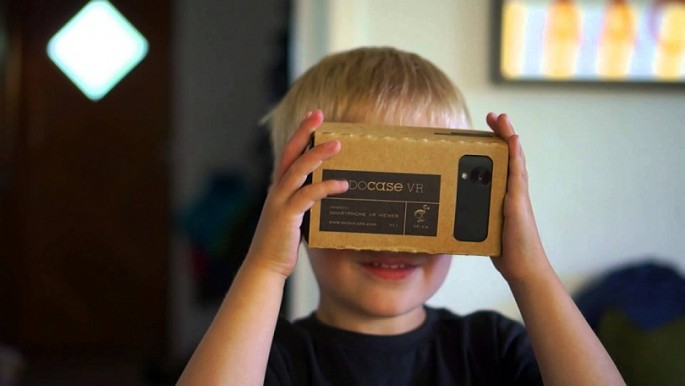The New York Times announced plans to provide free Google Headsets to a million subscribers with the aim of providing a new way of experiencing the news.
On Oct. 20, The New York Times revealed that the American newspaper will start providing virtual reality videos for the readers to watch through Google Cardboard.
The newspaper's company confirmed the partnership with the multibillion-dollar search engine company Google in order to give virtual reality headsets to a million of The New York Times' home delivery subscribers, according to Fortune.
The subscribers are expected to have already received a Google Cardboard on Nov. 8, Sunday.
Likewise, people who subscribe to The New York Times Insider will garner emails containing promotional codes that could be used to get Google's virtual reality headset. Another way of acquiring a Google Cardboard is through direct purchase, according to The New York Times.
Once readers have a Google Cardboard and a headphone, the mobile app NYT VR should be downloaded to view the virtual reality films
Moving beyond merely digital editions of daily news, The New York Times' entry into virtual reality reporting begins with presenting the stories of three children who have left their homes because of conflict: 9-year-old Chuol from Sudan, 11-year-old Oleg from Ukraine and 12-year-old Hana from Syria.
Chuol has been separated from his parents and has relocated to the swamps. Oleg and Hana, on the other hand, go through childhood in a ruined, dangerous environment.
Similarly, a video describing the plight and displacement of 60 million people is titled "The Displaced: Introduction."
Aside from the films focusing on the consequences of war, the NYT VR app also has "Walking New York," a video which reveals how artist JR completed a cover news magazine.
The New York Times Magazine editor Jake Silverstein said the technology should hopefully make the readers feel more connected to people who live in other countries and have different predicaments.



























